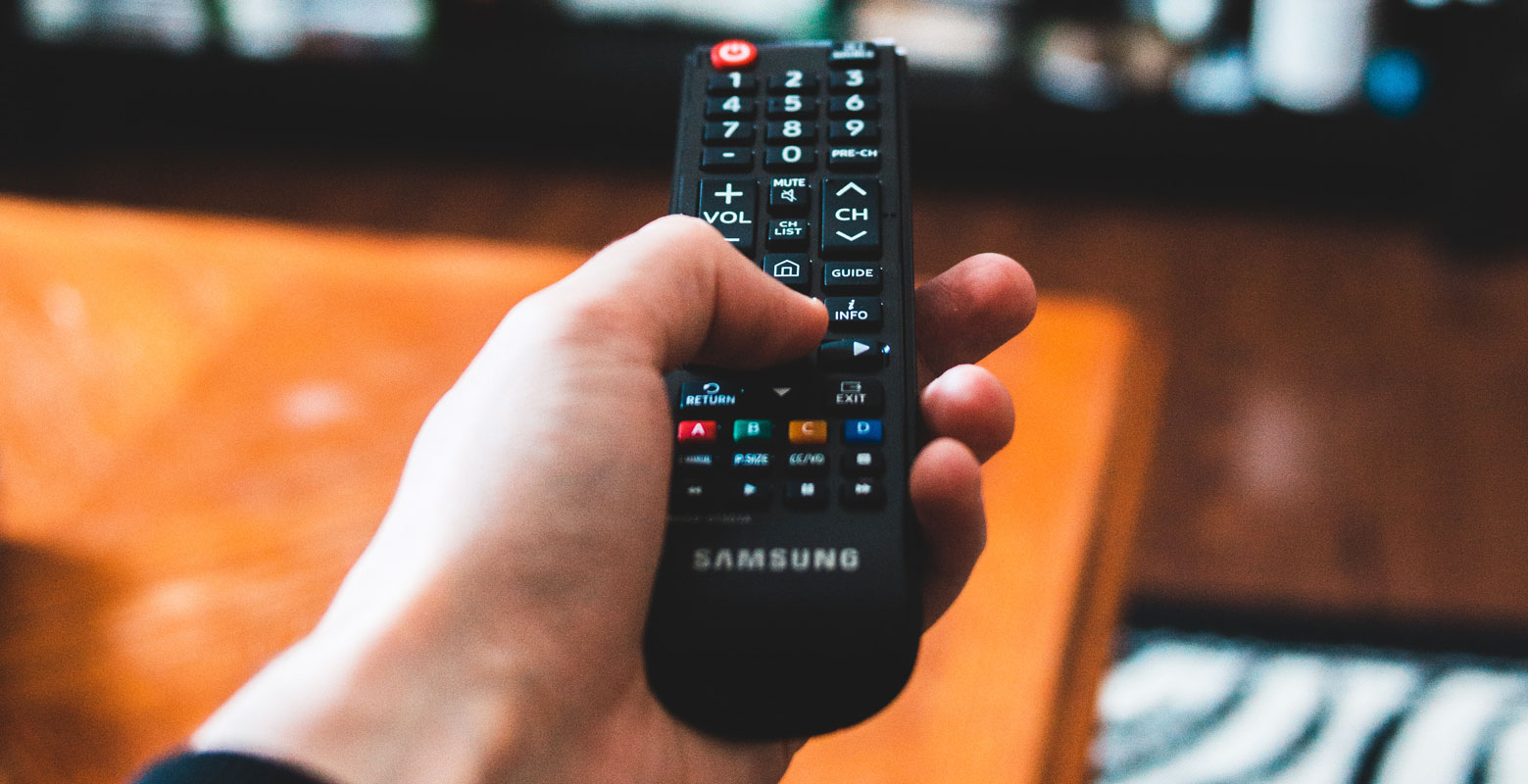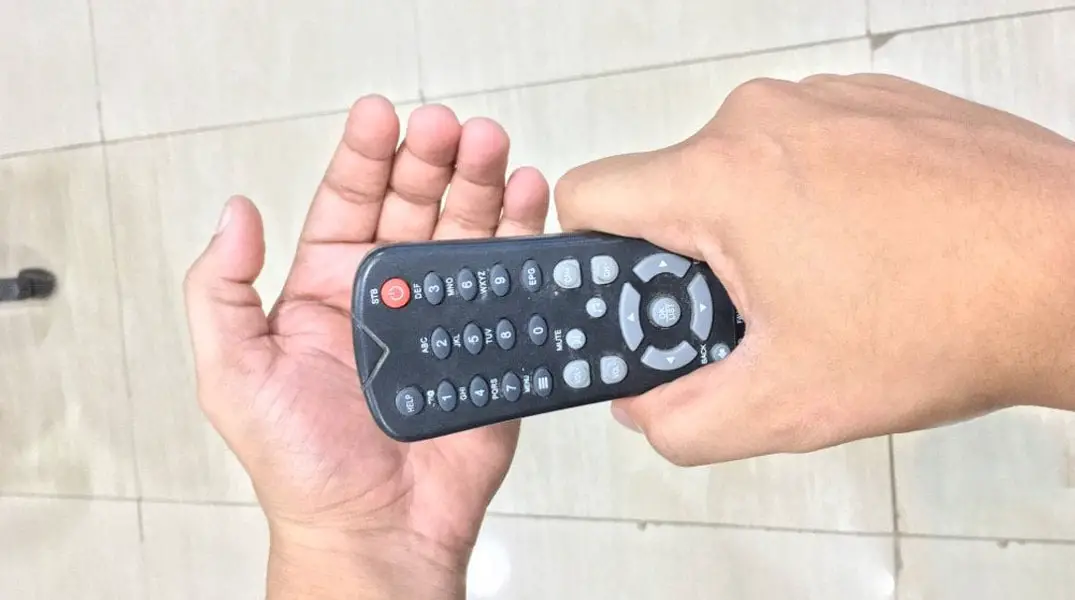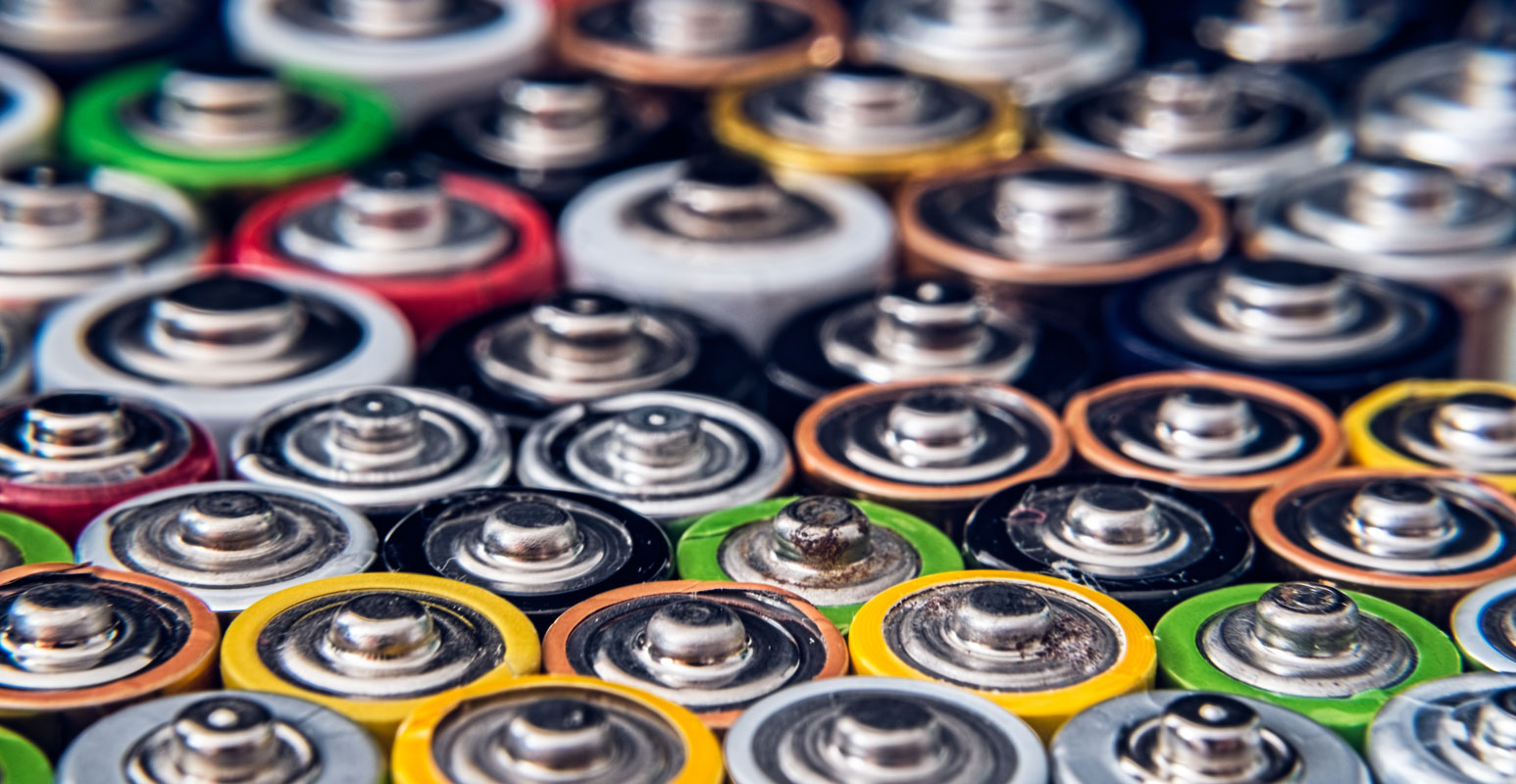Have you ever vigorously slapped your TV remote when it starts malfunctioning due to a low battery? We have a common instinctive reaction when things don’t work as expected. But have you ever wondered why a simple physical jolt could make a remote function again, at least temporarily? This article will explore why Slap your Remote Works When Battery is Low. From improving connections and redistributing chemicals to the influence of temperature, various factors come into play when we give our remote that quick slap. Understanding the science behind it can show why this seemingly unconventional approach can bring the remote back to life, if only for a little longer. So, let’s dive into the fascinating world of remote control functionality and discover why a slap can sometimes work wonders.
Slapping the Remote When Battery is Low
When the battery in a TV remote runs low, the device may become unresponsive or function erratically. Slapping the remote seems to revive it, if only temporarily miraculously. But what exactly happens when we deliver that physical jolt? Let’s delve into the science behind it.
The Effectiveness of Remote Slapping
It’s important to note that these tricks are most effective when dealing with nearly-dead batteries. The power required to operate a remote is relatively low compared to other devices that draw more current. Therefore, the last remnants of energy in the batteries can make a noticeable difference in the remote’s functionality.
How do TV Remotes Work?
To fully understand why slapping the remote can have an impact, let’s briefly explore how TV remotes work. The functionality of a remote can be divided into three main processes: button detection, pulse conversion, and infrared transmission.
The Three Processes of a TV Remote
The first process involves detecting which button is pressed on the remote. This information is then converted into binary sequences representing the specific buttons. The second process converts These sequences into pulses, typically 1s and 0s. Finally, the vibrations are transmitted through infrared rays emitted from the front of the remote.
Microsecond Operations
All these processes occur within microseconds, enabling seamless interaction between the remote and the TV. While it may sound technically complex, the execution happens incredibly fast, allowing us to control our television sets effortlessly.
Why Slapping Remote Works when Battery is Low?

Returning to why we instinctively slap the remote, we must recognize that our actions are not based on logical reasoning. Instead, it’s an impulsive response driven by frustration or a desire to make things work. Sometimes, a physical jolt feels like a quick fix, even if it may not be the most rational approach.
Battery’s Role in Remote Functionality

As mentioned earlier, all three processes of a TV remote require battery power to function. The remote’s performance declines when the battery voltage drops to a certain level. This is when we slap the remote, hoping to squeeze out the last bit of energy from the batteries to extend its usability.
Oxidation at Low Voltage
One possible reason why slapping the remote works is related to oxidation. You can disrupt the oxidation process by sneakily rolling the batteries with your thumb while still in place. This intervention can buy you another week or more before you repeat the procedure.
Sneaking up on the Remote
Instead of relying solely on a forceful slap, you can try a more subtle approach. Sneak up on the remote and carefully roll the batteries with your thumb. This technique can yield similar results and extend the battery life a little longer before needing further intervention.
Batteries and Connections
Slapping, removing, and replacing the batteries in a remote can improve connections between the battery terminal and the device. Over time, these connections may slightly oxidize, creating a barrier to efficient current flow. The physical jolt helps scrape the surfaces against each other on a micro-level, providing better conductivity.
Chemical Reactions and Redistribution
Batteries operate on a chemical reaction. Slapping the remote can redistribute the chemicals inside the battery, albeit slightly, leading to an extra burst of response. This redistribution of chemicals can temporarily boost power, allowing the remote to function for a little longer.
Temperature and Reaction Speed
Another factor at play is temperature. You increase the temperature by handling the batteries with your hands or warming them slightly. Since chemical reactions occur faster at warmer temperatures, this can also temporarily improve the remote’s performance.
FAQs
Is slapping the remote the only way to make it work when the battery is low?
Slapping the remote is not the only method. You can also try removing and replacing the batteries or rolling them with your thumb to disrupt oxidation.
How long will the remote function after slapping the batteries?
The duration of improved functionality varies. It depends on the remaining battery charge and the specific remote model. Slapping the remote can buy you a few extra days or up to a week before the battery power depletes.
Can you slap the slight damage to it?
Slapping the remote should not cause any significant damage if done gently. However, excessive force or improper handling may harm the remote or its components.
Why do remotes require batteries?
Remotes require batteries to power the electronic circuitry responsible for transmitting signals to the TV. The low power consumption of remotes makes batteries a suitable and convenient power source.
Are there any long-term solutions for remote battery issues?
Consider using rechargeable batteries or investing in a remote with built-in rechargeable functionality to address recurring battery issues. This can provide a more sustainable and cost-effective solution in the long run.
Wrap Up
In conclusion, slapping the remote or giving it a jolt when the battery is low can temporarily solve its malfunction. This physical action improves connections, redistributes chemicals, and can even increase the temperature—all of which contribute to a short-term revival of the remote’s functionality. However, it’s important to note that these tricks are most effective with nearly-dead batteries and may not work as effectively for devices that draw higher currents.

Selva Ganesh is the Chief Editor of this Blog. He is a Computer Science Engineer, An experienced Android Developer, Professional Blogger with 8+ years in the field. He completed courses about Google News Initiative. He runs Android Infotech which offers Problem Solving Articles around the globe.



Leave a Reply